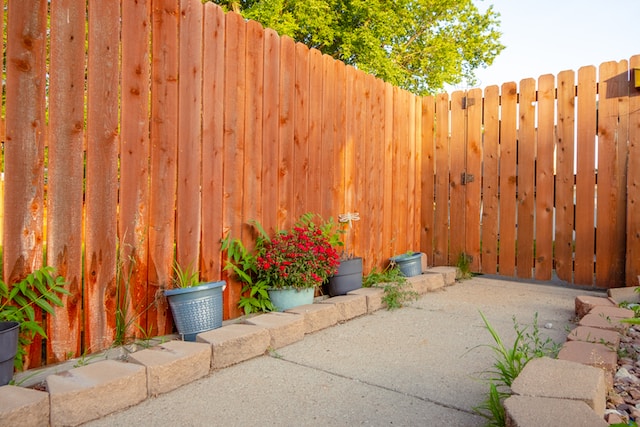Iron Fences vs. Wood Fence: What You Should Know
There are many fencing choices available to homeowners. Since wood and iron are two of the most common materials, several important distinctions must be considered before making a choice.
COST
Cost is one of the most important things to consider when constructing a fence on a property.
Iron fence
Because of their durability and minimal maintenance requirements, iron barriers are usually more costly than wooden barriers. The cost of iron barriers depends on several variables, including the size of the barrier, its style, and the difficulty of installation. A simple wrought iron fence can cost between $20 and $30 per linear foot, whereas a more intricate design with decorative elements can cost as much as $100 per linear foot.
Wood fence
Wooden fencing is a popular option because of its organic look and lower cost when compared to iron fences. Based on these factors, a wood barrier can cost practically between $10 and $30 per linear foot. The type of wood used, the design, and the size of the barrier are some of the variables that affect the price of a wooden barrier.
SECURITY
Fences can serve as a wall between your home and the outside world; however, not all barriers are equal in terms of protection.
Iron Fence
Security-conscious homeowners frequently choose iron barriers. They are strong, long-lasting, and difficult to penetrate, making them an excellent choice for protecting your property.
Iron fences’ strength makes them nearly impossible to scale over or the breach, which can deter potential intruders. Furthermore, the open layout of an iron barrier allows you to see what’s happening on the other side easily, allowing you to detect anything suspicious swiftly.
Wooden Fence
While wooden fence are not the most secure option, they still offer some safety for your property. By blocking the view of your land, solid wooden fencing can offer seclusion and deter intruders.
Wooden fences, conversely, are usually easier to get through than iron barriers. The wooden boards can be broken through, and the USA fence can be climbed over with some exertion. However, there are methods to enhance the security of wood fencing. You can, for example, select a design with few gaps between the planks, making it hard to see within your home.
DURABILITY
Being durable is an essential factor of fences you have to consider when selecting fencing material.
Iron Fence
Iron modern fencing is well-known for its durability and sturdiness. They are constructed of metals such as steel, iron, and metal. The most typical and common material for iron barriers is wrought iron, which is known for its sophistication and durability. Ironwork barriers can endure inclement weather, such as rainfall, snow, and wind. They are also prone to pests such as termites that can harm wooden barriers.
One of the primary benefits of ironwork barriers and driveway gates is their durability. An iron barrier can last for a very long time, even up to 50 years, if properly maintained. Ironwork barriers don’t rot, sag, or deteriorate like wood fencing gates.
Wooden Fence
They are available in various wood species, such as cedar, pine or maple, and redwood. Wooden barriers are simple to customize, with numerous height, form, and design choices. They are also a common choice for those who prefer a more natural appearance for their fencing. On the other hand, wood fencing requires regular upkeep, such as coloring or painting, to prevent rot, warping, and insect damage. A wood barrier can last for up to 20 years if properly maintained.
One drawback of wooden horizontal fences is that they are susceptible to weather and pest damage. They can warp or rot when exposed to moisture, and pests and other insects can cause considerable harm.
MAINTENANCE
When selecting iron and wood fencing materials, it is critical to consider maintenance needs.
Iron Fence
They are made of steel, wrought iron, and metal. Iron fencings require little upkeep and can last for years if properly cared for. One of the primary benefits of iron fences and gates is that they do not need to be painted or stained, making them low-maintenance. Nevertheless, iron barriers can rust over time, and preventing rust formation is critical to maintaining the fence’s design and structural stability.
Wooden Fence
Because of their natural appeal and low cost, wood sliding fence gates are a common choice among homeowners. On the other hand, wooden barriers demand more upkeep than iron fences. A wooden barrier must be coated or painted regularly to keep moisture, bug damage, and decay at bay. The frequency with which you stain or paint relies on what kind of wood you use and the weather in your region.
Keeping timber fencing neat and debris-free is critical to keep it in good condition. Dust and leaves can build up on the fencing and capture moisture, causing rot and decay. Cleaning the fencing with a mild detergent and a power washer regularly can help keep it clean and prevent damage.
Conclusively, deciding between an iron fence and a wood fence is a matter of priorities, money, and aesthetic preferences.

